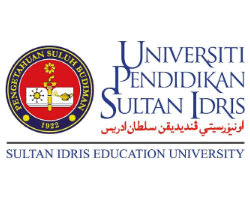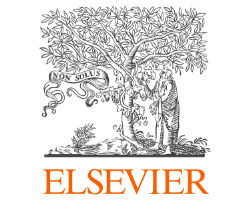Focus and Scope
Generally speaking, Artificial Intelligence (AI) refers to a broad set of methods, algorithms and technologies that make software 'smart' in a way that may seem human-like to an outside observer.
International Journal of Artificial Intelligence (IJAI) scope encompasses:
☛ Artificial Intelligence
- Brain models, Brain mapping, Cognitive science
- Expert System
- Deep Learning
- Fuzzy systems
- Computer Vision
- Cognitive Computing
- Evolutionary Computation
- Robotic Process Automation (RPA)
- Natural Language and Speech Processing
- Natural language processing
- Fuzzy logic and soft computing
- Software tools for AI
- Expert systems
- Decision support systems
- Automated problem solving
- Knowledge discovery
- Knowledge representation
- Knowledge acquisition
- Knowledge-intensive problem solving techniques
- Knowledge networks and management
- Intelligent information systems
- Intelligent data mining and farming
- Intelligent web-based business
- Intelligent agents
- Intelligent networks
- Intelligent databases
- Intelligent user interface
- AI and evolutionary algorithms
- Intelligent tutoring systems
- Reasoning strategies
- Distributed AI algorithms and techniques
- Distributed AI systems and architectures
- Neural networks and applications
- Heuristic searching methods
- Languages and programming techniques for AI
- Constraint-based reasoning and constraint programming
- Intelligent information fusion
- Learning and adaptive sensor fusion
- Search and meta-heuristics
- Multisensor data fusion using neural and fuzzy techniques
- Integration of AI with other technologies
- Evaluation of AI tools
- Social intelligence (markets and computational societies)
- Social impact of AI
- Emerging technologies
- Applications (including: computer vision, signal processing, military, surveillance, robotics, medicine, pattern recognition, face recognition, finger print recognition, finance and marketing, stock market, education, emerging applications, etc)
☛ Machine Learning: Models, Technologies and Applications
- Statistical learning theory
- Unsupervised and Supervised Learning
- Multivariate analysis
- Hierarchical learning models
- Relational learning models
- Bayesian methods
- Meta learning
- Stochastic optimization
- Simulated annealing
- Heuristic optimization techniques
- Neural networks
- Reinforcement learning
- Multi-criteria reinforcement learning
- General Learning models
- Multiple hypothesis testing
- Decision making
- Markov chain Monte Carlo (MCMC) methods
- Non-parametric methods
- Graphical models
- Gaussian graphical models
- Bayesian networks
- Particle filter
- Cross-Entropy method
- Ant colony optimization
- Time series prediction
- Fuzzy logic and learning
- Inductive learning and applications
- Grammatical inference
- Graph kernel and graph distance methods
- Graph-based semi-supervised learning
- Graph clustering
- Graph learning based on graph transformations
- Graph learning based on graph grammars
- Graph learning based on graph matching
- Information-theoretical approaches to graphs
- Motif search
- Network inference
- Aspects of knowledge structures
- Computational Intelligence
- Knowledge acquisition and discovery techniques
- Induction of document grammars
- General Structure-based approaches in information retrieval, web authoring, information extraction, and web content mining
- Latent semantic analysis
- Aspects of natural language processing
- Intelligent linguistic
- Aspects of text technology
- Biostatistics
- High-throughput data analysis
- Computational Neuroscience
- Computational Statistics























